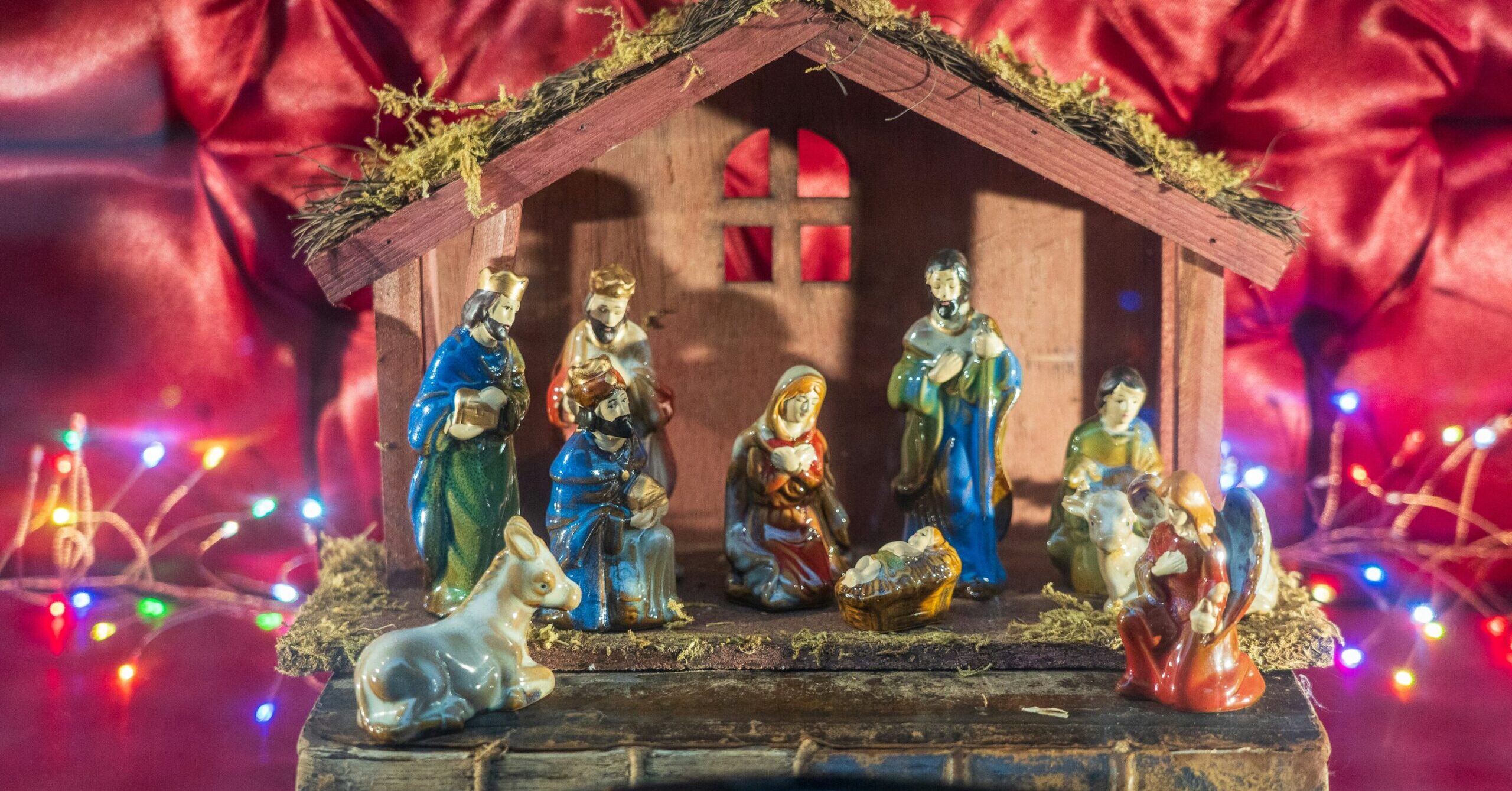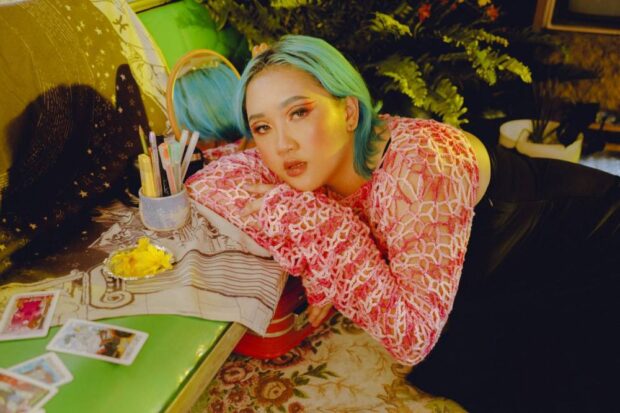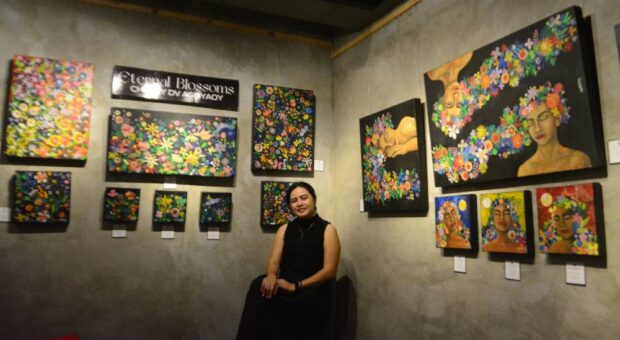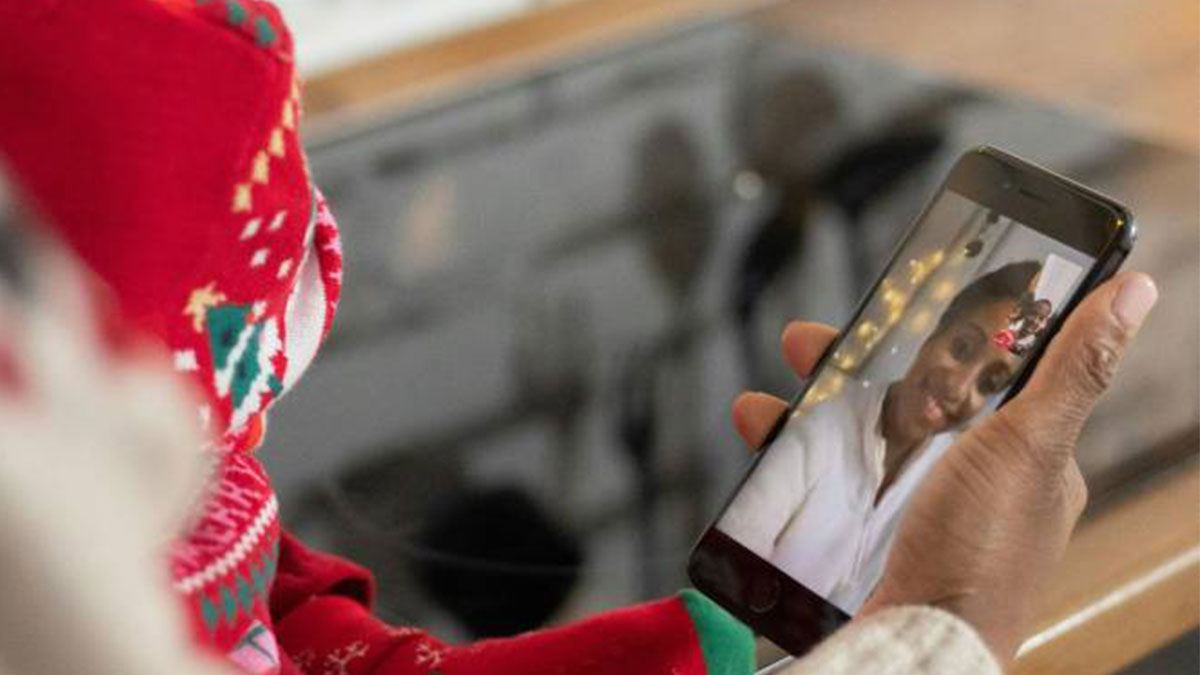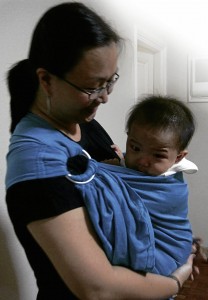
This grandmother feels the world will be all right if left in the hands of this new batch of mothers who, with such ease, use terms like “attachment parenting,” “baby wearing,” “baby-led weaning,” “communication on elimination” (that’s watching for baby’s cues for readiness for potty training).
More than that, they have found ways to make time-tested, natural ways of parenting compatible with their busy, urban lives.
My own daughter Kimi got me curious after she phased out her baby’s old-fashioned cloth and disposable diapers to make way for modern cloth diapers. Grandchild Kai has adjusted to them and looks doubly cute in her tushi wushies (a brand of modern cloth diaper, but it has almost become a generic word for them).
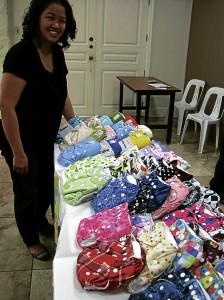
Every so often, Kimi would receive “fluff packages” containing her latest orders of cloth diapers. She shops and pays online, does “group buys” to bring down the unit cost, and is part of a Facebook group that shares experiences in washing and drying diapers made of cloth from natural materials.
By her lonesome, she has become a tushi proselytizer, turning her cousins into happy converts. They send each other Instagram photos of their babies in the latest diaper print.
Using their language, it was time this lola “eyeballed” the women behind this natural parenting movement to find out how it got started and how it is helping save the environment in a big way.
Jen CC Tan is acknowledged for leading the way in creating baby slings and introducing modern cloth diapers. Her business card describes her as an “über mom,” apart from being president of Next 9 that is out to reinvent motherhood through the production of fashion slings, baby covers and innovative cloth diapers.
Twelve years ago, she read up on Dr. William Sears, “who made sense to me,” she said, “because his ideas on attachment parenting sought to make the child confident while he or she is still small by carrying them, attending to their needs and wants which are the same.”
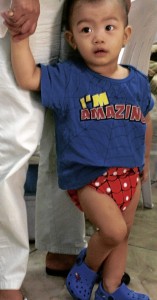
Jenny Ong, a lawyer whose blog www.chroniclesofanursingmom.com takes on milk companies who are going around the law promoting breast-feeding, said old folks believe that a young child cries and cries if he/she is “spoiled” by always being carried by the mother.
Carried and comforted
She disputed this, explaining that “a child can’t differentiate between want and need yet, is not capable of manipulating an adult. When they cry, they want to be carried and comforted by the mom.”
Wearing a baby through a sling rather than carrying the baby in one’s arms worked for her. Her hands were free to do other things.
Tan bought her first sling, an American brand, from Singapore, so the material was warm. She copied the design, using cotton. When she’d attend meetings of breast-feeding moms, they’d ask where she got the sling. She made a few extra ones for them until it hit her that there was a market for it.
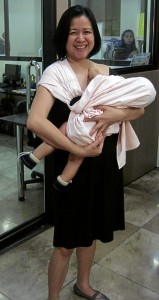
She sources the rings from abroad so as not to be embroiled in safety issues. The cloth she buys from Divisoria, and has a modista sew them for her. A sling can carry a child of up to two years old or 30 pounds. Her goal is to source local weavers for these slings as a way of keeping the weaving industry alive.
She also used flat-folded cloth (bird’s eye or gauze) diapers on her two sons until four years ago, when she discovered in magazines that contoured diapers with waterproof outer layers were available. At that time, the prices were prohibitive at P1,000 each because they were all imported from the US.
She found better and cheaper ones at an expo in China, then decided to make her own line. Tan recalled, “The ones I first made were of Velcro, in small, medium and large. Pinoys are frugal, so they preferred to buy the medium in big amounts because the size fits most babies. With the snaps, one can adjust the diaper from newborn size up to 30 pounds.”
She thought how cute these diapers looked and made them available locally by establishing an online presence through FB and friends who blog. (Her company’s site is www.next9.org.) The diapers are also at Brock and Mortar stores, Babyland, Infanticipation at Festival Mall in Alabang, Mamaway at Greenhills Town Center in Ortigas Ave., and Kuku Duckbill at Market! Market! in Taguig City.
She said the waterproof textiles of these cloth diapers are safe, manmade synthetics and environment-friendly. The liners/inserts are made of organic fabrics like cotton, bamboo, charcoal, fleece, hemp, microfiber, suede, linen.
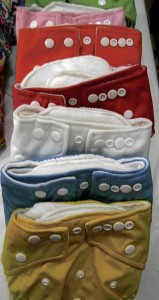
At their seminar “Cloth Diapering 101” at the Medela House in New Manila, Quezon City, some mothers testified how they’ve been “100-percent cloth diapering their babies day and night.” It can even be done on out-of-town trips or family vacations, despite the added chore of washing and drying the diapers under the sun.
The savings are big. The variety of prints makes buying cloth diapers fun (almost addicting, in the case of Kimi Fernandez), and there’s the assurance of nothing toxic in them, especially for babies with sensitive skin. The diapers today not only come in plain or solid colors, but also in prints of rockets, butterflies, bears, alphabets, flowers and more.
Consumers have not been adequately warned that disposable diapers contain carcinogenic by-products like plastic, dioxin or a gel-like substance that expands and absorbs wetness also found in tampons but have been proven toxic. Then there are allergy triggers like fragrances.
Abie Co-Floreza, a partner of a cloth diaper online store called Tickled Moms, said, “We have to limit the toxic pollutants that reach our babies because the environment is polluted enough.”
Doing the math
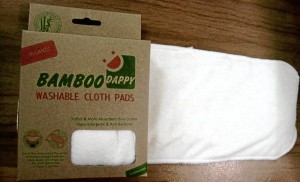
Tan and her co-mothers have done their math. If a mother buys a high-end disposable diaper or “dryper” at P8.50 each, she can spend up to P24,820 a year. A mom like Kimi, who lives in rainy Baguio, can claim exclusive cloth diaper usage at 24 pieces for baby Kai and does laundry every other day.
She said one must consider from six to eight nappy changes a day. She has invested P6,000 on these cloth diapers, one fourth the amount that could be spent yearly on disposable diapers. She is also assured that these diapers will last Kai until she is potty trained because “it’s one size fits most.”
Clarice Aviñante said it’s not enough to make the switch. The mother should learn how to “prep” a cloth diaper, depending on the material it’s made of. The waterproof outer layer needs one washing in cold water, then it’s ready for use.
Liners of bamboo cloth need washing in cold water of seven to nine times before they reach maximum absorbency.
She taught a “cheat” technique: wash the liners once, and have the baby wear it for shorter periods until the nappy hits its maximum absorbency.
The mom must ensure a snug fit by adjusting the waist and hip snaps to accommodate the baby’s leg and waist sizes. If the inserts are too long, they can be folded. Snugness means no spaces on the legs or back that can cause the urine to leak.
Change the diaper every two to three hours the way one does with disposables. Both outer cover and liner must be changed for hygiene purposes.
When to do laundry? Aviñante shared this formula: the number of diapers you need to have equals the diapers baby needs a day multiplied with the days when you plan to go between washes plus one.
If a baby uses up 12 diapers a day and you wash every other day, you’ll need a total of 36 cloth diapers.
In choosing a detergent for cloth diapers, ensure that it has no brighteners, no dyes, no fragrance, no softeners and no chlorine bleach. Separate covers or pockets from the soakers (inserts or liners). Put just one half of the usual amount of detergent. Rinse the diapers in cold water. Do it twice to ensure no detergent suds are left. Line dry horizontally so the elastics of the cover pants are not ruined.
Choosing cloth diapers needs determination. Aviñante said there are five pointers to make the choice work:
- Change your mind-set. Do not try to do it. DO IT.
- Invest.
- Do not buy disposable diapers.
- Educate people around you—your spouse, your parents, your yaya, your siblings.
- Deal with stressors one at a time. Mothers find themselves in stressful situations from the time she gives birth to caring for the newborn, breast-feeding, undergoing postpartum depression.
Modern cloth diapers remain the wiser choice, these women were one in saying. “Drypers” or disposables leave behind a huge carbon footprint when manufacturing, packaging, delivery to grocery shelves, marketing and sales are considered. These disposables also take from 100 to 500 years to decompose.
Tan and company wished their fellow mothers this: “May the cloth be with you!”




